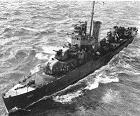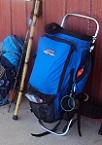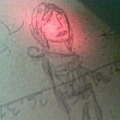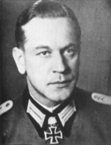BBfanboy
Posts: 18046
Joined: 8/4/2010
From: Winnipeg, MB
Status: offline

|
quote:
ORIGINAL: geofflambert
This thread brings up an interesting question I haven't seen addressed in the forum. Proximity fuses were in some ways like the A-bomb, they changed everything, not just flak but antipersonnel artillery. While not specifically represented in the game, A-bombs are. It's been a long time since I played Allied against the AI, but what I recall is being proud (not in an Allied way, obviously) that I kept the Soviets out of all but one single hex in Korea. I don't recall having used the bomb. I don't think I did.
Who has, and what did you think about it, and what did you think about the results?
Re: the proximity fuse issue - I wonder if the programmers handled it the way they handled accuracy of naval gunfire - after you hit 1944 the game engine gives a surface combat gun boost to Allied warships that have radar.
Seems to me they could have boosted AA effectiveness similarly to account for VT fuses, unless they decided not to for game balance reasons. I agree with CR about not fiddling with it any more.
_____________________________
No matter how bad a situation is, you can always make it worse. - Chris Hadfield : An Astronaut's Guide To Life On Earth
|
 Printable Version
Printable Version






















 New Messages
New Messages No New Messages
No New Messages Hot Topic w/ New Messages
Hot Topic w/ New Messages Hot Topic w/o New Messages
Hot Topic w/o New Messages Locked w/ New Messages
Locked w/ New Messages Locked w/o New Messages
Locked w/o New Messages Post New Thread
Post New Thread